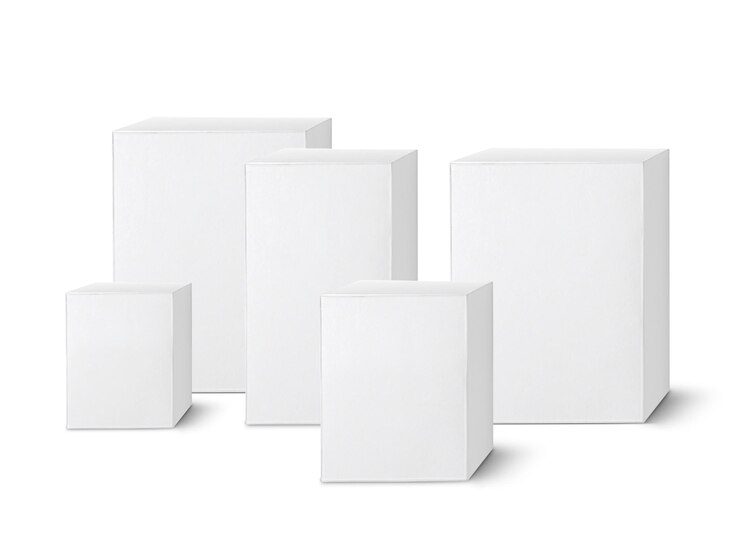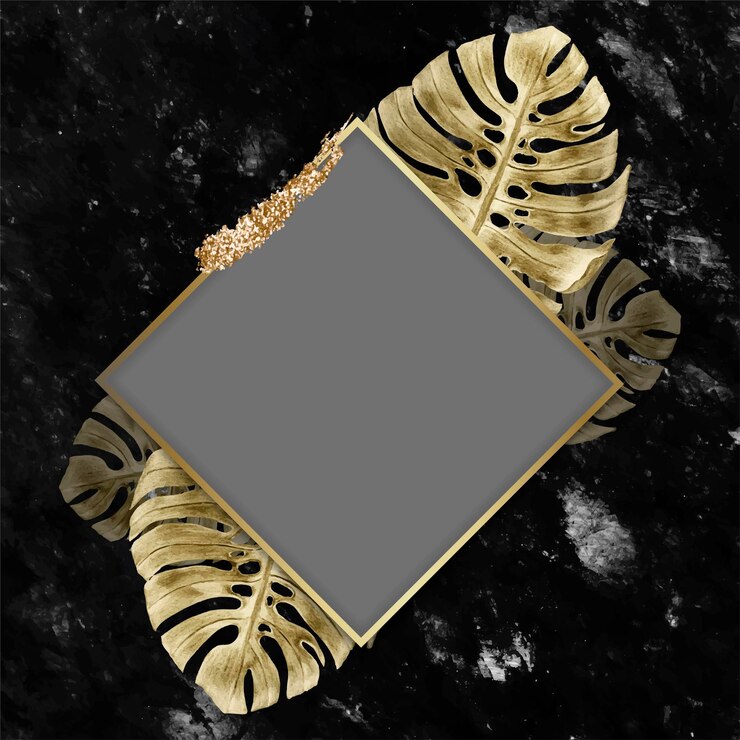houndstooth pattern is a perfect example. Known for its distinct broken checks, this design has etched its presence into both fabric and history. Originating from Scotland, the houndstooth pattern was initially woven using wool cloth. Its black and white geometric shapes have evolved over centuries, symbolizing sophistication and elegance. Yet, despite its long history, this pattern remains as relevant and stylish as it was in its early days. This blog post aims to explore the rich tapestry of houndstooth’s past, its influence on contemporary fashion, and its application in modern home decor.
The Houndstooth in Fashion
Fashion is a realm where trends come and go, but the houndstooth pattern has transcended these fleeting changes. Tracing its evolution reveals a pattern that has been embraced by fashion icons and designers alike. In the mid-20th century, this pattern became synonymous with high fashion, thanks to its adoption by designers like Christian Dior. Today, the pattern is not just limited to traditional monochrome. Designers play with vibrant hues and oversized prints, pushing the boundaries of how houndstooth can be worn. From runways to street style, the versatility of houndstooth ensures its continued presence in fashion collections worldwide.
Houndstooth in Home Decor
The appeal of houndstooth extends beyond fabric and fashion. In home decor, its classic pattern brings a touch of elegance and timelessness to interiors. Whether used in upholstery, curtains, or accent pieces, houndstooth adds visual interest without overwhelming a space. Those looking to incorporate it into their homes might start with subtle accents such as pillows or throws. For the more adventurous, a houndstooth rug or wallpaper could serve as a bold statement piece. Its ability to complement both modern and traditional aesthetics makes it a favorite among interior designers.
The Technical Side

Understanding the houndstooth pattern requires a closer look at the technique behind its creation. Traditionally woven with wool, the pattern is created using a specific weaving process that results in its characteristic broken checks. The pattern is typically two-toned, often black and white, but modern adaptations have introduced various color combinations. The precision of the weave ensures each tooth remains consistent, contributing to the pattern’s recognizable appearance. For those interested in textile design, learning to create a houndstooth pattern can be a rewarding endeavor.
Famous Houndstooth Pieces
Throughout history, certain houndstooth pieces have left an indelible mark on fashion and design. One of the most iconic uses was by Christian Dior in the 1950s, whose love for the pattern saw it featured prominently in his collections. Public figures, such as Audrey Hepburn and Jacqueline Kennedy, further popularized the pattern through their wardrobe choices. In more recent times, celebrities and designers continue to reinterpret houndstooth, ensuring its status as a fashion staple. Whether in the form of a classic coat, a chic handbag, or stylish footwear, these pieces highlight the pattern’s enduring appeal.
How to Incorporate Houndstooth
Incorporating houndstooth into your wardrobe or home can be both exciting and straightforward. For fashion enthusiasts, starting with accessories like scarves or hats can be an easy way to introduce the pattern. For those looking to make a bolder statement, a tailored houndstooth jacket or a pair of trousers can add a touch of sophistication. In home decor, using houndstooth as an accent can create a cohesive look without overpowering a room. Whether through a statement chair or a collection of patterned cushions, the key is to balance the boldness of the pattern with more neutral elements.
Houndstooth Pattern in [Current Year]

In [Current Year], the houndstooth pattern continues to make waves in both fashion and decor. Designers are experimenting with scale, color, and texture, creating fresh takes on this classic pattern. Sustainable fashion brands are also incorporating houndstooth into eco-friendly collections, highlighting its relevance in today’s market. In home decor, technology is allowing for more intricate designs, bringing new life to this traditional pattern. The adaptability of houndstooth ensures it remains a favorite for those looking to stay on trend while honoring a classic design.
Conclusion
The houndstooth pattern is more than just a design; it’s a testament to the enduring nature of style and elegance. Its adaptability allows it to remain relevant across generations, appealing to both traditionalists and modernists alike. Whether gracing the fabrics of high fashion or adding flair to home decor, houndstooth’s charm is undeniable. As we look to the future, this pattern will undoubtedly continue to evolve, reflecting the changing tastes and values of society







